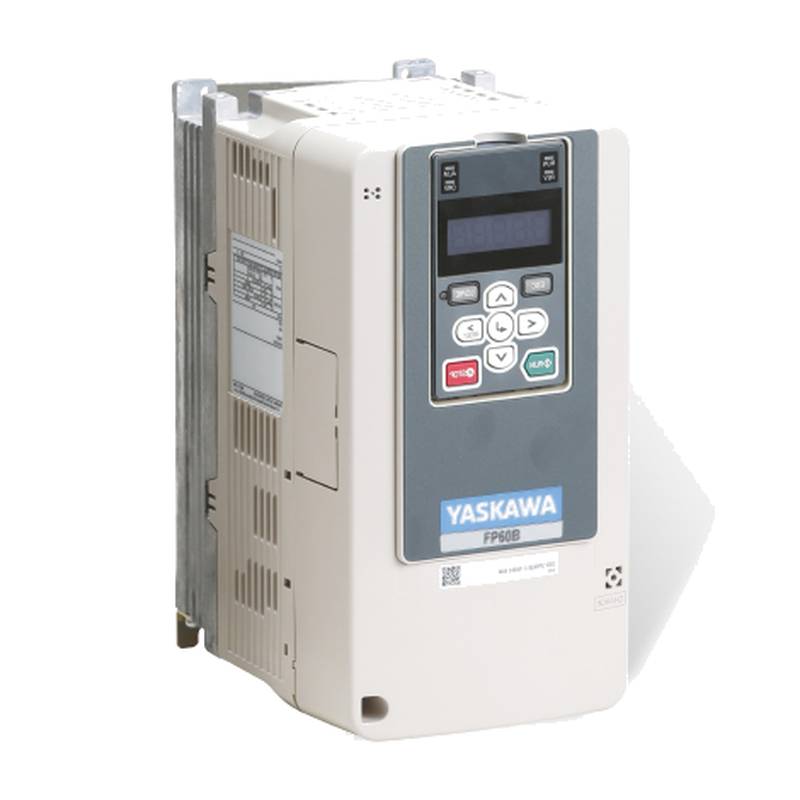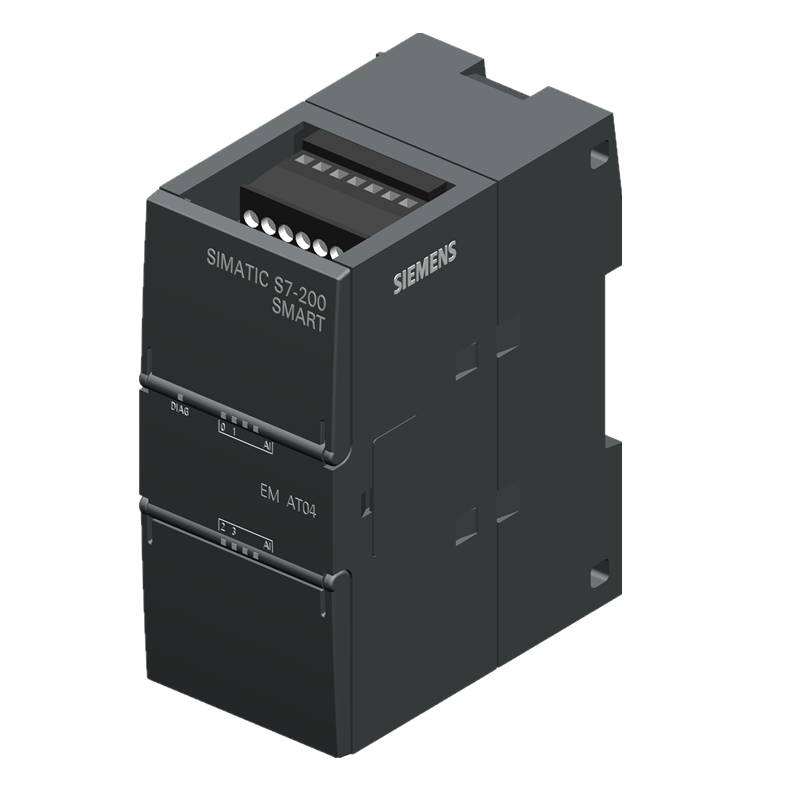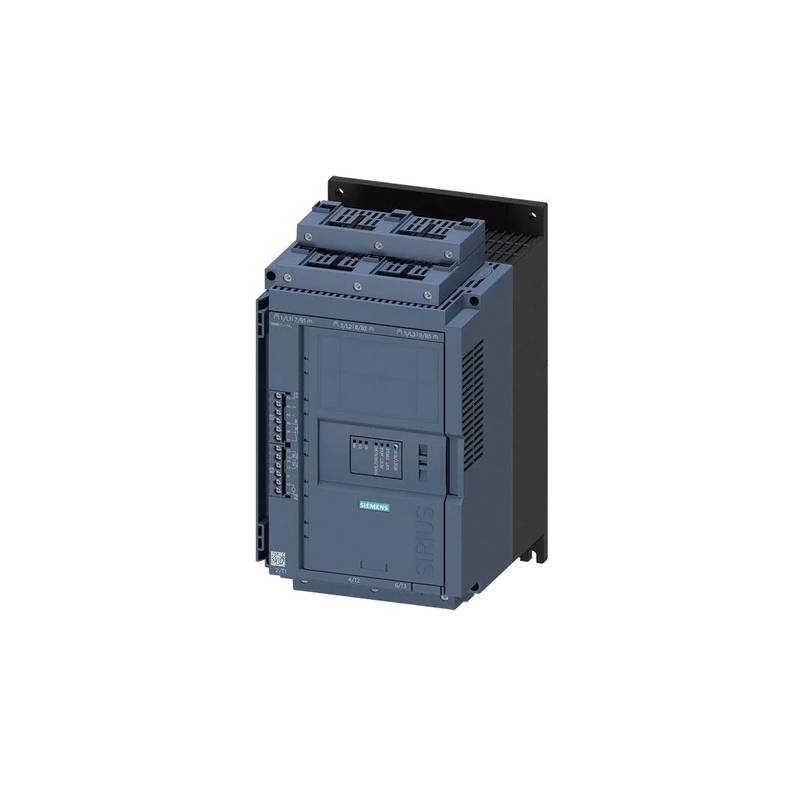
The Siemens 7KT1651 is a sophisticated single-phase DIN rail energy measurement device engineered for precise and reliable electricity consumption monitoring in industrial and commercial settings. Its core advantages lie in its robust construction, high accuracy, and seamless integration capabilities. Key technical parameters include a nominal voltage of 230V AC, a rated current of 10(60)A, and an operating frequency of 50/60 Hz. This device offers direct connection and features a clear LCD display for immediate readings. The Siemens 7KT1651 is designed to provide critical data for energy management, cost allocation, and system optimization, making it an indispensable tool for modern power monitoring.
Product Specifications
| Specification | Value |
| :---------------------- | :------------------------------------ |
| Product Type | Single-Phase Energy Measurement Device |
| Mounting | DIN Rail |
| Nominal Voltage | 230V AC |
| Rated Current | 10(60)A |
| Operating Frequency | 50/60 Hz |
| Accuracy Class | Class 1 (Active Energy) |
| Display Type | LCD |
| Connection Type | Direct Connection |
| Protection Class | IP20 (Device), IP51 (Terminal Area) |
| Operating Temperature | -25°C to +55°C |
| Storage Temperature | -40°C to +70°C |
| Dimensions (H x W x D) | 98mm x 75mm x 65mm |
Core Features & Market Positioning
The Siemens 7KT1651 distinguishes itself through its unwavering commitment to accuracy, adhering to Class 1 for active energy measurement, a standard crucial for billing and precise energy analysis. Its direct connection capability simplifies installation, reducing labor and potential points of failure compared to indirect measurement methods. The robust design ensures reliable operation even in demanding industrial environments, with an IP20 rating for the device itself and IP51 protection for the terminal area, safeguarding against dust and minor water ingress. This combination of precision, ease of use, and durability positions the 7KT1651 as a highly competitive solution for facilities prioritizing accurate energy data for operational efficiency and cost control. It directly addresses the market's need for dependable, straightforward energy metering without the complexity of more advanced systems where single-phase monitoring suffices.
Key Application Scenarios
The Siemens 7KT1651 is ideally suited for a multitude of single-phase energy monitoring applications across various sectors. In commercial buildings, it facilitates sub-metering to accurately allocate energy costs to individual tenants or departments, promoting accountability and efficient usage. For industrial facilities, it serves as a vital component in monitoring the energy consumption of specific machinery or production lines, enabling engineers to identify high-usage equipment and optimize operational schedules. Small businesses and retail outlets benefit from its straightforward approach to tracking overall electricity usage, aiding in budget management and the identification of energy-saving opportunities. Furthermore, its suitability for residential applications with higher energy demands makes it a versatile choice for monitoring entire homes or specific high-load circuits.
Practical System Integration Guidance
Integrating the Siemens 7KT1651 into an existing electrical system is a streamlined process, primarily involving secure DIN rail mounting and direct wiring. The device is designed for straightforward connection to the single-phase power supply. Ensure the main power supply is de-energized before commencing any wiring. The 7KT1651 features clear terminal markings for incoming live and neutral (L-in, N-in) and outgoing live and neutral (L-out, N-out) connections, corresponding to the load. Utilize appropriate cable cross-sections that match the rated current of 10(60)A and ensure all connections are tightened securely to prevent electrical arcing and ensure long-term reliability. Post-installation, verify correct wiring by re-energizing the supply and observing the LCD display for accurate energy accumulation.
Operation and Risk Mitigation
Operating the Siemens 7KT1651 is primarily observational, with its clear LCD screen displaying cumulative energy consumption (kWh) and other relevant parameters. Users should familiarize themselves with the display symbols to understand real-time readings and status indicators. Risk mitigation during operation centers on adhering to electrical safety standards. It is imperative that installation and any maintenance procedures are performed by qualified electricians. Never attempt to open the device casing, as it contains no user-serviceable parts and poses an electrical shock hazard. Ensure the device is operated within its specified environmental parameters (temperature, humidity) to maintain performance and prevent premature failure. Regular visual inspections for any signs of damage or overheating are recommended.
Scalability & Long-Term Value
While the Siemens 7KT1651 is a dedicated single-phase energy measurement device, its long-term value is realized through its integration capabilities within broader energy management strategies. It serves as a foundational element, providing accurate raw data that can be fed into more sophisticated building management systems (BMS) or industrial control platforms for analysis and reporting. Compatibility with standard DIN rail mounting ensures easy replacement or addition of metering points as facility needs evolve. For organizations moving towards digitalization and the Industrial Internet of Things (IIoT), the data derived from the 7KT1651 can be leveraged by gateway devices or data loggers to contribute to a comprehensive digital twin of energy flows, enabling predictive maintenance and optimized energy procurement.
Frequently Asked Questions
What is the accuracy class of the Siemens 7KT1651?
The Siemens 7KT1651 energy measurement device is rated with an accuracy class of Class 1 for active energy. This means it provides highly precise measurements of energy consumption, crucial for billing accuracy.
This accuracy class is a key performance indicator for energy meters used in commercial and industrial settings where precise cost allocation is essential. It ensures that the recorded energy usage accurately reflects the actual consumption.
Adherence to Class 1 standards signifies that the meter's measurement error remains within a defined, tight tolerance, making it a reliable instrument for financial settlements and energy audits.
How is the Siemens 7KT1651 installed on a DIN rail?
Installation involves simply clipping the device onto a standard 35mm DIN rail. Ensure the rail is securely mounted within an appropriate enclosure.
The device is designed with integrated clips that engage with the DIN rail, providing a secure and stable mounting solution. Proper alignment and a firm click confirm correct seating.
After mounting, electrical connections are made to the designated terminals on the device, following the wiring diagram for single-phase power supply and load.
What are the typical applications for a single-phase DIN rail energy meter like the 7KT1651?
Single-phase meters are ideal for sub-metering in commercial buildings or monitoring individual loads in industrial settings. They are also used in smaller businesses for overall energy tracking.
These devices allow for granular cost allocation, enabling businesses to pinpoint energy usage by department, tenant, or specific equipment for better management.
They provide essential data for identifying energy waste, optimizing operational schedules, and verifying energy efficiency initiatives in various commercial and industrial environments.























